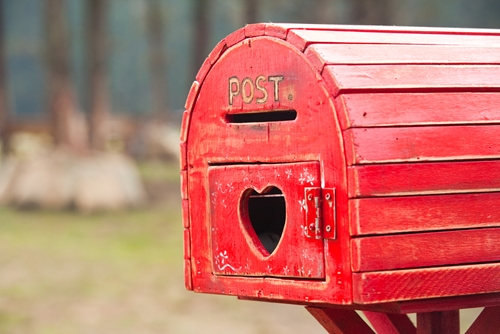Digital marketing is a preferred method of advertising for many companies nowadays, but good old-fashioned snail mail still has its purposes. Studies have shown that consumers still enjoy going out to their mailboxes and sorting through letters, so why not take advantage of the nostalgia associated with direct mail when it comes to dance studio advertising?
Mix up your marketing strategy this year and incorporate a postcard or letter campaign. Here are some tips that will help you make the most of your marketing dollars while working with direct mail.
Pick a Specific Event
The first thing you’ll want to do is pick a specific event or promotion to promote via direct mail. It’s much better to send out postcards specific to your open house or tuition discount than just general promotional materials. A few good events to tailor your campaign around might include:
- Summer workshops or classes
- A seasonal recital
- Your annual open house
- A seasonal registration period
- Tuition discounts
- Guest speakers
- New classes schedules or genres.
Having a specific and time-sensitive topic to promote will help you to create a sense of urgency and encourage recipients to act immediately.
Design Your Card
Once you’ve decided on the purpose of your postcard or other direct mail piece, you’ll need to design it. You can do this yourself if you’re a whiz with Photoshop, or there’s likely a design professional in your community who can create a sleek, chic postcard for you.
When designing your postcard, you’ll want to include some sort of eye-catching graphic to grab the reader’s attention. Dance Studio Life recommended using a photo from your studio, whether it’s an adorable group of dancers or a wow-worthy action shot. Include a short and sweet statement about your event or promotion on the front of the card, and save the majority of the text for the back.
As you fill in the back of your postcard, don’t forget to include your contact information and website, as well as all the details about your event or promotion. Use actionable language to encourage readers to act soon, otherwise they’ll likely toss the postcard in a pile of mail and forget about it.
Compile a Mailing List
The next step is to figure out who you want to receive the postcard. There are two main groups of people you can market to: existing or prospective customers. Keep in mind that the average response rates for these two groups are 3.4 percent and 1.1 percent respectively, according to the Chief Marketing Officer Council. This factor is essential when figuring out return on investment – if you spend $100 on just 50 post cards, chances are that you won’t make your money back.
If you decide to target prospective customers, you can either buy a targeted mailing list from an online company or use the U.S. Postal Service’s Every Door Direct Mail option.
Measure Your Success
After you’ve stamped all the postcards and shipped them off, you’ll want to devise a way to track the results of your campaign. If you’re promoting an event, you can ask people how they heard about it when they register. If you’re advertising a sale, have new customers bring in their postcards so you can see how many people you actually reached.
This type of data is essential when it comes to future marketing efforts. If you get a great response from your postcard, you may want to use the same strategy again in a few months. But if the results were less-than-stellar, you’ll have to revisit the drawing board to figure out how to better target your customers.



